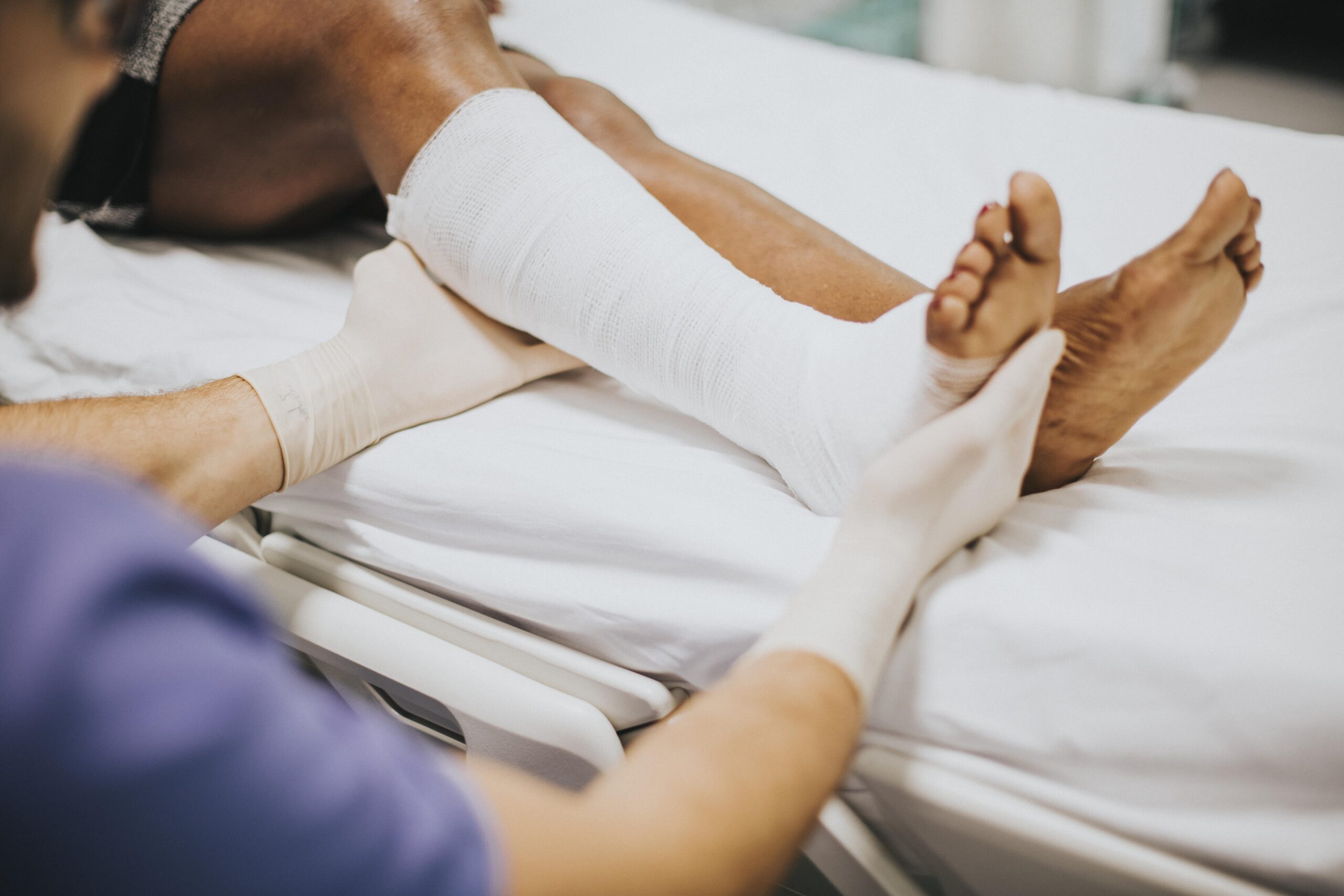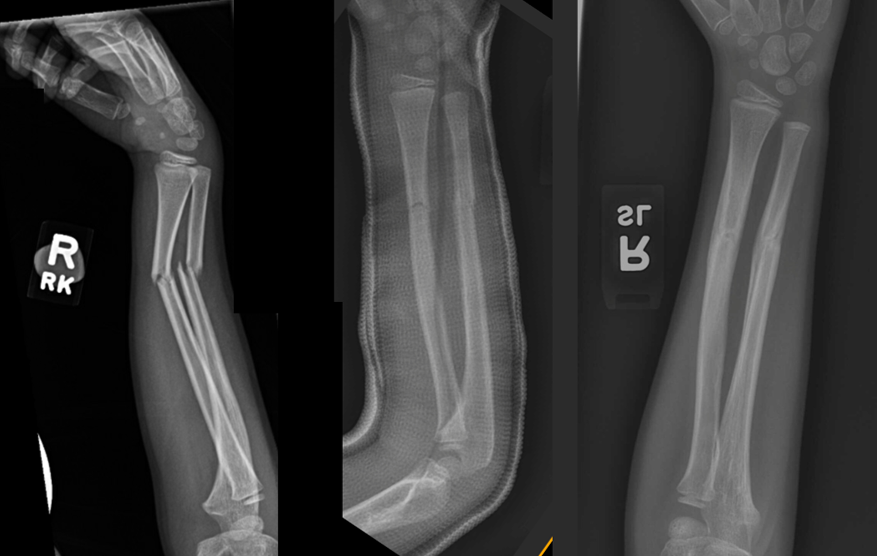Fracture Treatment
The physicians of BCOS cover emergency room call at all times for Virtua Mount Holly Hospital. In light of this, fracture care is an integral part of our practice. We are able to accommodate same or next day appointments for new fractures. We can even provide the initial evaluation for fractures, helping the patient avoid a costly and potentially lengthy appointment at either the emergency room or an urgent care clinic. We offer on site x-ray with immediate specialist interpretation, and can provide temporary or definitive bracing, splinting, casting, or urgent surgical scheduling when indicated.

Fracture Types & Treatment
The first category of fractures can be prevented, to some extent, by observing appropriate safety measures, such as wearing a seatbelt, helmet, or the appropriate protective gear when playing sports. Fragility fractures can be prevented by optimizing bone quality. This involves getting routine weight-bearing exercise to fortify the bone, potentially supplementing with calcium and vitamin D, refraining from smoking or excessive intake of carbonated beverages, and obtaining a DEXA scan when indicated. Appropriate medical intervention can be pursued if osteoporosis is identified BEFORE a fracture occurs. The risk of fall can be mitigated by using appropriate assist devices (cane, walker, or wheelchair), avoiding use of area rugs, and identifying in advance any potential tripping hazards in the home. Physical therapy can help improve strength and balance to help avoid falls and therefore fractures.
If the fracture cannot be avoided, our staff is well versed in management of nonsurgical and surgical treatments of all ages – infants through centenarians. If the fracture alignment allows the bone to heal without functional problems, non-surgical treatment (splinting, casting, bracing) is performed. Fractures that require surgery (plate and screws, rods, pins etc.) are highly prioritized so that there is no significant delay in definitive management. We also coordinate, when necessary, with primary care physicians to ensure the appropriate post surgical work up and management, and see our patients through to complete healing and restoration of function.

7 year old with displaced radius and ulna fractures:
1) injury film, 2) reduction and casting, 3) healed fracture

Helpful Links
American Association of Orthopaedic Surgeons